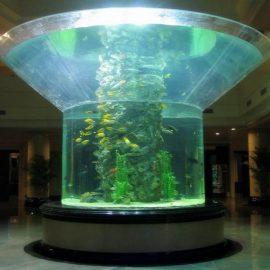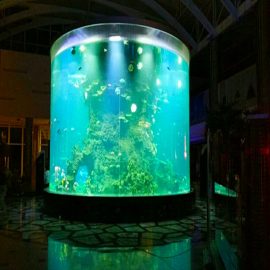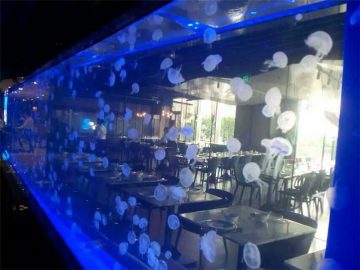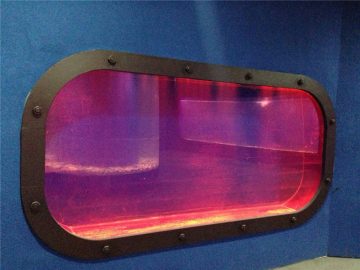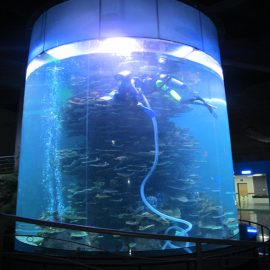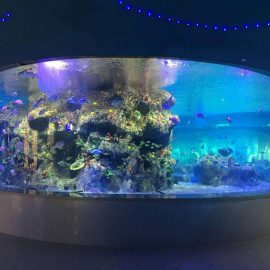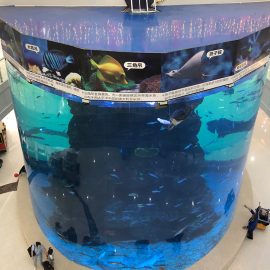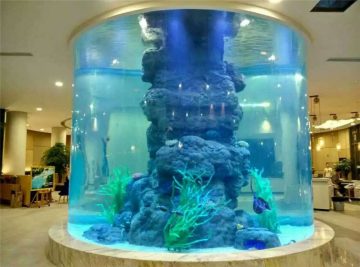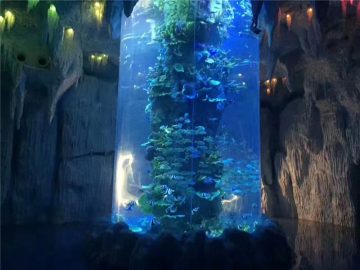Acrylic aquariums are 17x stronger, softer and more flexible than glass.
In addition, they are more impact resistant, weigh 50% less and are not prone to chip or crack.
Acrylic aquariums offer better insulation than glass aquariums, reducing temperature flux and improving the quality of life for your fish.
Acrylic fish tanks are as clear as optical glass (at 93% transparency) and don't add a green tint.
At the end of the day, acrylic is a type of plastic. Even if you take as many precautions as possible using so called "acrylic friendly" scrapers and scrubbers, all it takes is one mishap of someone getting a grain of gravel or sand stuck in your algae scraper or cleaning pad and you have big nasty blemishes all over your expensive acrylic aquarium. Glass aquariums can scratch as well; however, it has a resistance to scratching many, many times greater than acrylic aquariums. Over the long haul the acrylic aquariums will look old and beat up at a much greater rate than glass aquariums. Unlike a reptile cage where you can swap out the acrylic panels over time if they do get scratched up, there is no practical way to fix a severely scratched acrylic aquarium. As it is true that you can buff acrylic scratches, how practical is it to drain a fully established tank, introduce a series of chemicals/buffing compounds that can be dangerous to your fish? It is also extremely difficult to buff scratches out of acrylic and bring it back to its original clarity, particularly on the inside of a large, custom established tank.

